Farm Business Management
More Topics
Farm Progress America, April 17, 2024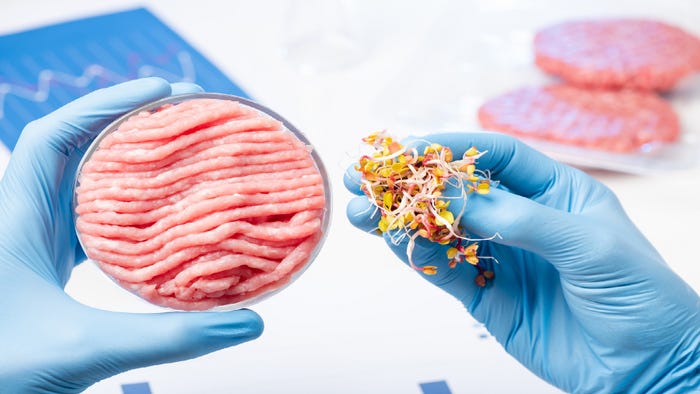
Farm Business Management
Farm Progress America, April 17, 2024Farm Progress America, April 17, 2024
Mike Pearson gives listeners an update on cell cultured chicken in the USA.
Subscribe to Our Newsletters
BEEF Magazine is the source for beef production, management and market news.
.png?width=700&auto=webp&quality=80&disable=upscale)
.png?width=700&auto=webp&quality=80&disable=upscale)
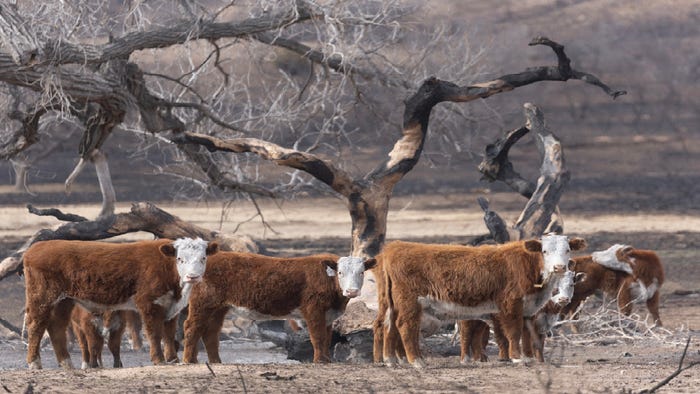
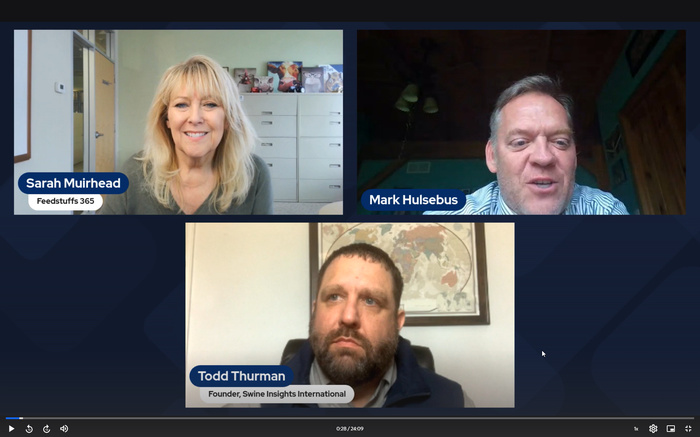




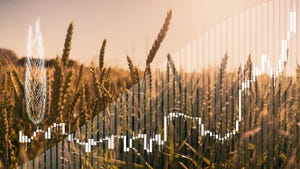



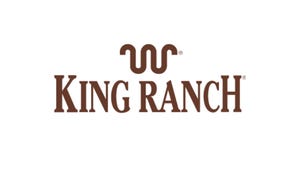


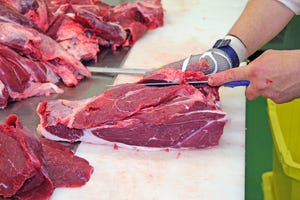


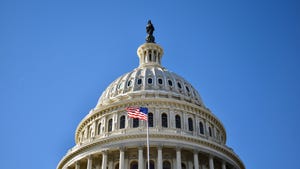
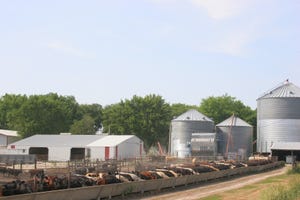








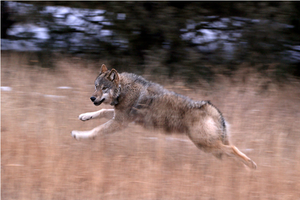





.png?width=300&auto=webp&quality=80&disable=upscale)

.png?width=300&auto=webp&quality=80&disable=upscale)
